For centuries, wedding rings have symbolised love and commitment for thousands of years, with their circular shape representing eternity. The tradition dates back to ancient Egypt and has evolved across cultures, from simple iron bands in Rome to gold rings in medieval Europe. Many wear them on the fourth finger of the left hand, a custom rooted in the belief that a vein connected it directly to the heart. While engagement rings represent a promise, wedding bands mark the official union, often worn together as a lasting symbol of devotion. At Waldemar Jewellers, we offer bespoke designs, helping couples create meaningful and unique symbols of their love.
Which Finger do you wear your wedding ring on
The Meaning Behind Wedding Rings
Exchanging rings is a tradition that dates back thousands of years as a symbol of an everlasting commitment between two people. The round design of a ring, with no beginning or end, represents eternity and the everlasting connection of marriage. This tradition is thought to have started with the ancient Egyptians, who considered the ring as a symbol of infinite love and loyalty. Over time, it eventually became a worldwide standard, turning into the heartfelt exchange that we recognise in modern weddings. Wedding bands in ancient Rome were frequently created of iron to represent strength and permanence, whereas gold rings became popular in Mediaeval Europe as a symbol of wealth and prestige. Today, the exchange of rings is a cherished moment that marks the beginning of a couple’s journey together.
Aside from their beauty. Wedding rings hold a significant meaning. They are a continual reminder of love, trust, and partnership, symbolising the vows exchanged on the wedding day. The ring is generally worn on the fourth finger of the left hand since ancient cultures believed a vein in this finger-known as the “vena amoris” or “vein of love”- led directly to the heart. While contemporary science has subsequently disproved this idea, the tradition remains strong, representing a connection between two hearts. Wedding rings materials and designs have developed over time, with couples now selecting rings that reflect their personalities, values, and unique love stories.
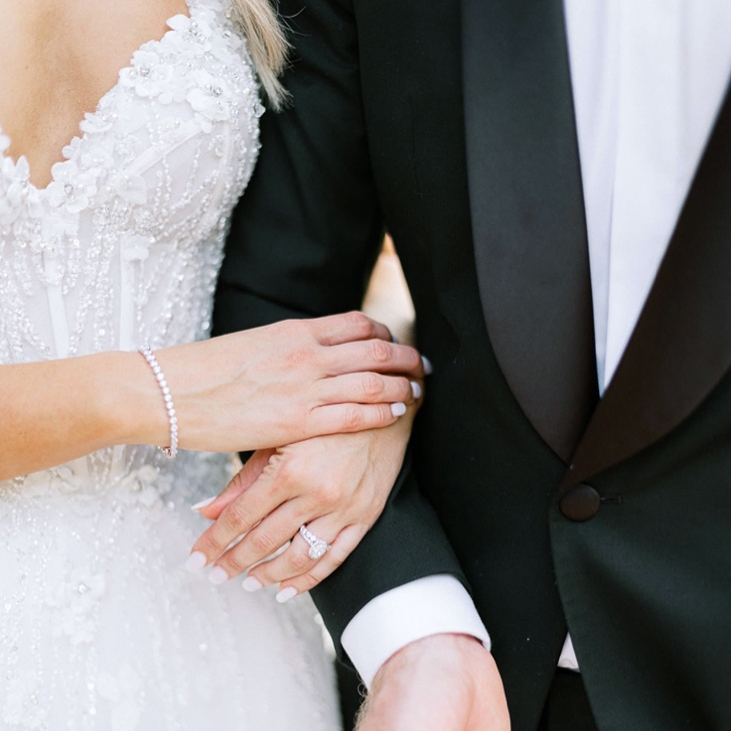

A Tradition Rooted in History
Many people customarily place their wedding rings on the fourth finger of their left hand, often without much consideration. However, this widely accepted behaviour has profound historical roots and holds considerable symbolic meaning. This tradition goes all the way back to how things were done in Ancient Rome. People once believed that there was a special vein, the “vena amoris” that ran directly from that finger to the heart. In spite of the fact that current anatomy states that all veins lead to the heart, the sentiment persisted, and the ring finger became a sign of love and connection.
Both engagement and wedding rings are still most frequently worn on the left-hand ring finger in Australia and numerous other countries. It is a silent yet impactful gesture that conveys the message, “I’m taken,” without saying a word. Nevertheless, it is important to acknowledge that traditions may differ across cultures and individuals. In certain nations, it is customary to wear the wedding ring on the right hand, while others may choose a different finger based on religious beliefs, cultural norms, or personal preference. Such variations highlight the beauty of personal expression-love does not follow any tight standards. Regardless of which hand or finger it is on, the wedding band is a powerful sign of devotion. Whether it is made of gold, silver, or designed in a style unique to the pair, it is much more than just a piece of jewellery. It is a timeless expression of commitment, unity, and a pledge made from the heart.
What Finger Do You Wear Your Wedding Ring On
The placement of a wedding ring may appear to be a simple gesture, yet it carries centuries of history, cultural symbolism, and emotional significance. In most Western cultures, including Australia, the wedding ring is customarily worn on the fourth finger of the left hand, widely known as the “ring finger”. While it may appear to be a long-standing social norm, this behaviour is based on historical belief and romantic symbolism. The origin of this custom dates back to Ancient Roman times, where it was believed that the fourth finger of the left hand contained a unique vein-referred to as the “vena amoris”, or “vein of love”- that led directly to the heart. Though contemporary anatomy has since disproven the existence of such a vein, the concept has persisted over centuries, preserving this tradition as a meaningful symbol of emotional connection and eternal love.
Over the centuries, this symbolism has become increasingly established in European wedding traditions. In some Christian ceremonies during the Middle Ages, it was common for priests to touch three fingers on the left hand-signifying the “Holy Trinity”- before placing the ring on the fourth finger, which emphasised its religious and ceremonial significance. Today, the tradition is still common in Australia, where partners typically wear both their engagement and wedding rings on the left ring finger. In certain circumstances, the engagement ring is temporarily shifted to the right hand during the wedding ceremony so that the wedding band can be placed first closer to the heart-before both are worn on the left hand.
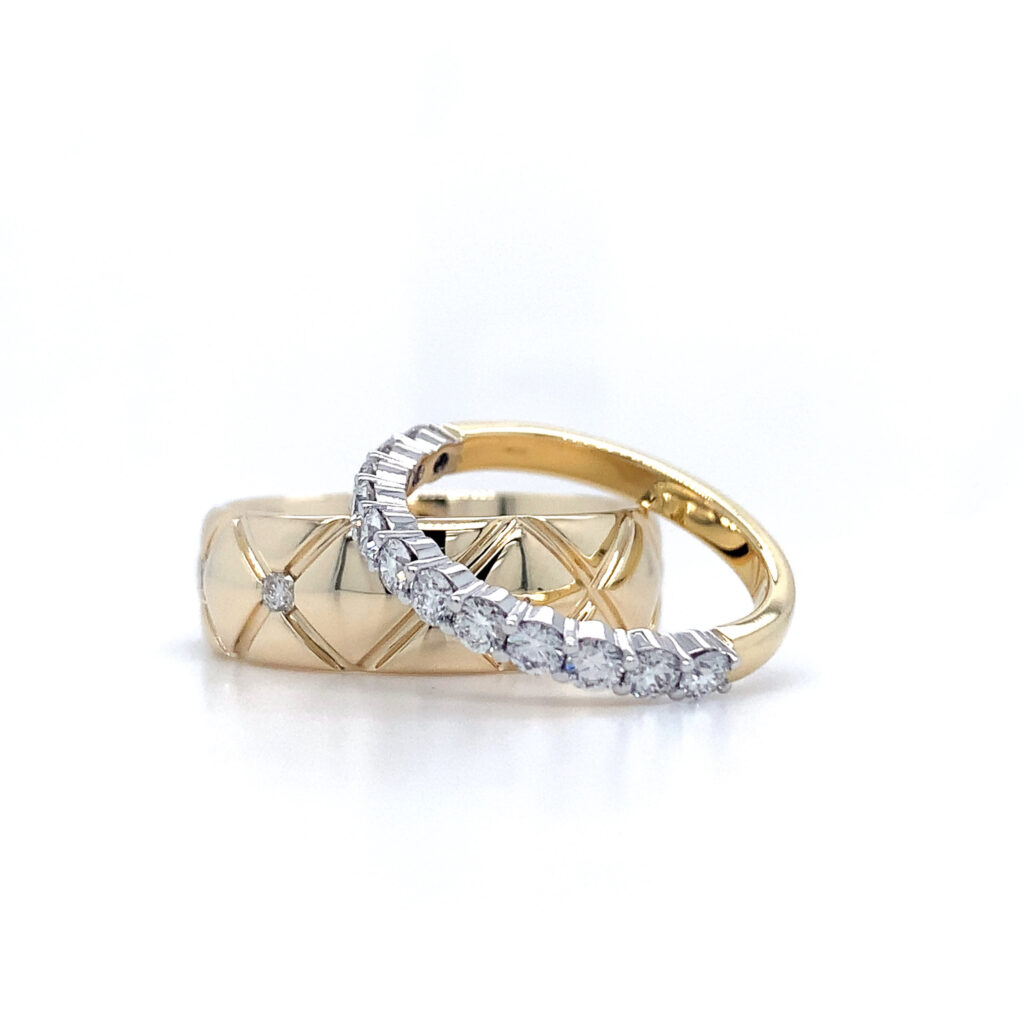
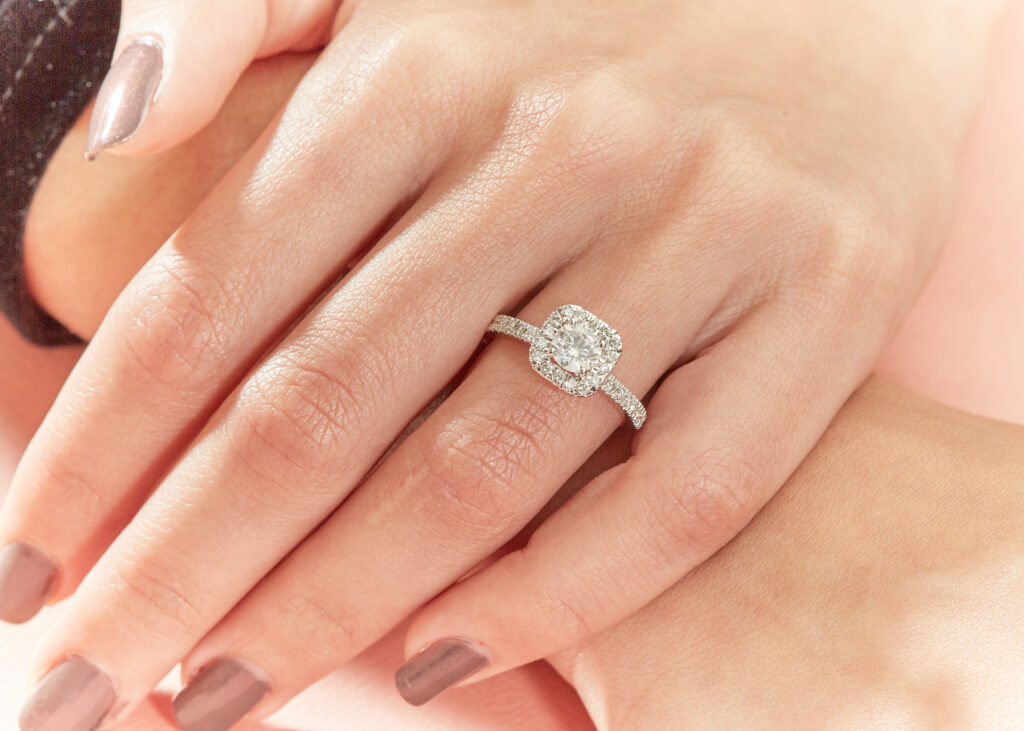
Although the anatomical reasoning has faded into myth, the sentiment behind the gesture remains timeless. The left hand’s fourth finger continues to serve as a silent and powerful symbol of partnership, dedication, and enduring love. It’s a subtle but meaningful location that speaks volumes without a word being said. However, as modern couples embrace diverse backgrounds and personal tastes, many are choosing to reinterpret this tradition in their own unique way. Whether worn on the left or right hand, or on a whole different finger, the essential value of the ring is not in its placement, but in the promise it signifies.
Cultural Perspective – Left Hand or Right Hand
While many people are familiar with the tradition of wearing a wedding ring on the fourth finger of the left hand, this practice is not universal. In fact, the hand on which a wedding ring is worn differs among cultures, shaped by generations of tradition, symbolism, and regional beliefs.
In countries such as Australia, the United Kingdom, New Zealand, Canada, and the United States, wedding rings are traditionally worn on the left hand. This tradition is often associated with the symbolic connection between the left hand and the heart-a belief that has continued in current conventions despite its historical origins are more romantic than scientific. However, in many other parts of the world, the right hand is equally or more important. In Germany, Russia, Norway, Poland, Greece, and portions of India, wedding bands are customarily worn on the right hand. In some Orthodox Christian cultures, the right hand is considered sacred and is often used during religious ceremonies, oaths, and blessings. This cultural significance has inevitably spread to wedding traditions as well.
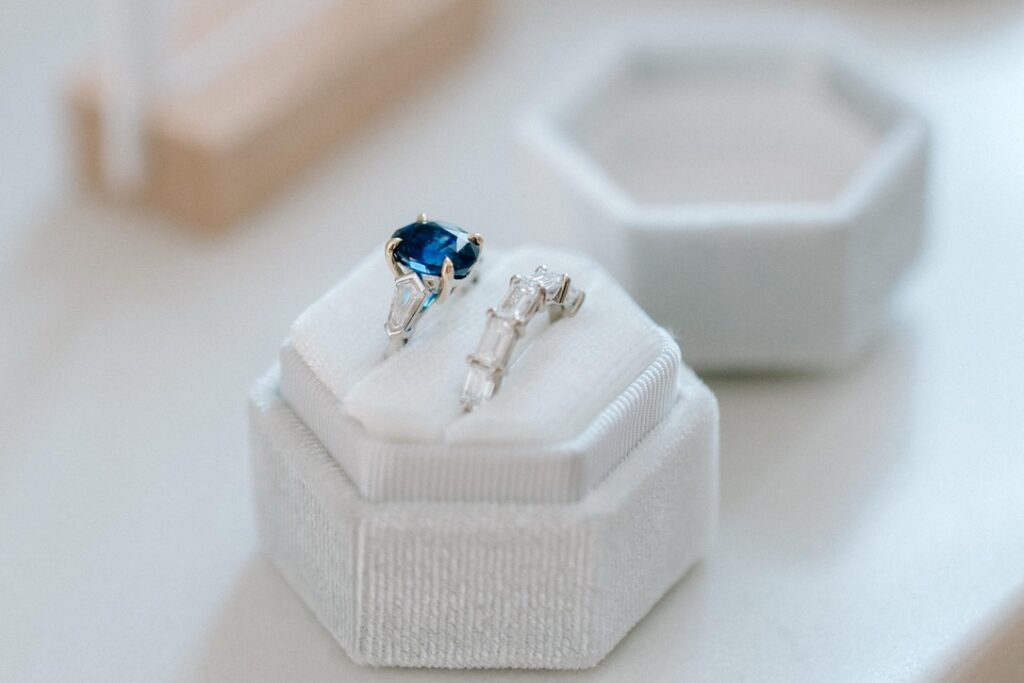
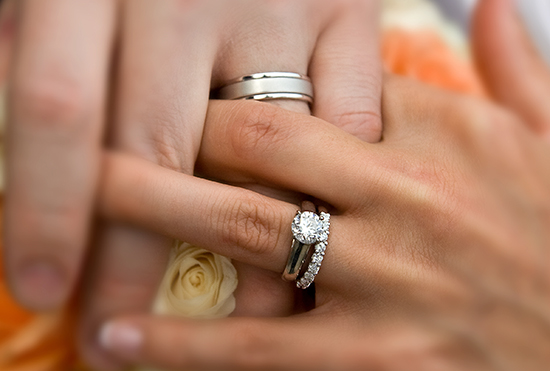
In Jewish ceremonies, the ring is typically placed on the right index finger during the ceremony and then switched to another finger afterwards. Likewise, in Hindu weddings might differ depending on the region-some traditions favour the left hand, while others use the right. In contemporary society, couples are increasingly embracing flexibility and personal expression. Some people choose ring location based on cultural background, while others consider practicality, comfort, or aesthetics. A growing number of individuals also wear rings on both hands or choose unique options to honour personal or blended traditions.
Ultimately, whether worn on the left or right hand, the wedding band remains a profoundly significant symbol. It represents a bond between two-people-a visible expression of love, commitment, and unity that goes beyond geography or convention.
Engagement Ring vs Wedding Ring
Although often used interchangeably in casual speech, the engagement ring and wedding ring serve unique meanings within the context of a couple’s relationship journey. Each carries its own symbolism, history, and cultural meaning, marking different milestones in the path toward lifelong commitment. The engagement ring is given during a proposal, representing a promise of marriage and the desire to build a future together. It is often more elaborate in design, with a focal gemstone-most commonly a diamond-set in a decorative band. The ring is usually given by one partner to the other as a formal declaration of love and a request for partnership.
On the other hand, the wedding ring is exchanged at the wedding ceremony. It represents the couple’s formal union and symbolises fidelity, unity, and long-lasting love. Wedding rings are generally simpler in design, often crafted from gold, silver, platinum, or other precious metals, and worn daily as a lasting reminder of the vows shared. In Australian tradition, both rings are typically worn on the left ring finger, with the wedding band closer to the heart. Some couples prefer to wear the engagement ring above the wedding band, while others relocate it to the right hand or wear it exclusively on special occasions.
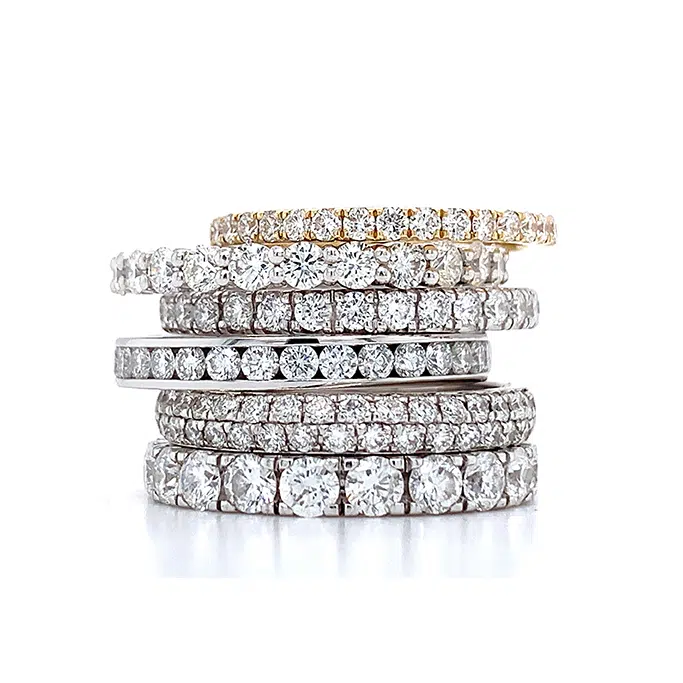
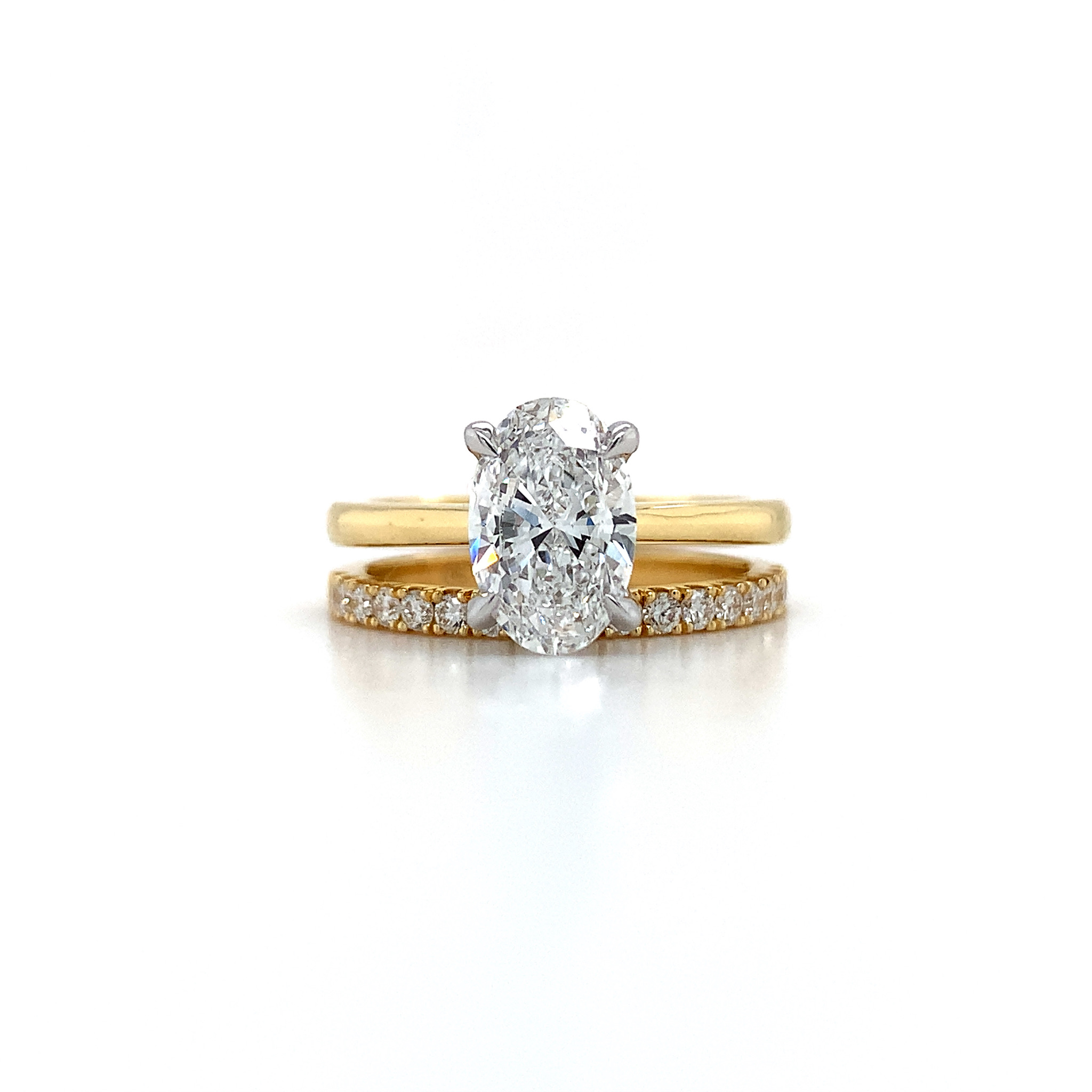
In the modern era, many couples are reinventing these traditions to match their personal values and interests. Some people choose to forego engagement rings entirely in favour of matching wedding bands, while others embrace non-traditional stones, bespoke designs, or even stackable sets that integrate both rings into a single, unified expression. Ultimately, while the design and wearing traditions may differ, both the engagement ring and wedding rings hold deep emotional value. Together, they reflect the progression from a promise made to a commitment fulfilled-a visible expression of love, partnership and shared intention.
Alternative Ways to Wear a Wedding Ring
While the practice of wearing a wedding band on the fourth finger of the left hand persists in many countries, modern couples are increasingly embracing alternative ways to wear-or even reinterpret-their rings. Personal style, lifestyle demands, cultural beliefs, and symbolic preferences are all common influences on these variances. Today the act of wearing a wedding ring has evolved beyond strict convention, offering couples to display their love in ways that are personal and meaningful to them.
For some people, practical considerations influence how the ring is worn. Those working in healthcare, construction, hospitality, or other hands-on industries may prefer to wear their ring on a chain around their neck, keeping the sign of their devotion close without compromising safety or comfort. Others may choose to alternate the ring between hands or wear it on a different finger entirely, depending on daily activities or personal preference. In recent years, silicone wedding rings have grown in popularity, particularly among athletes, outdoor enthusiasts, and those with active lifestyles. These rings provide a flexible, resilient, and skin-safe alternative to typical metal bands, making them both functional and fashionable.
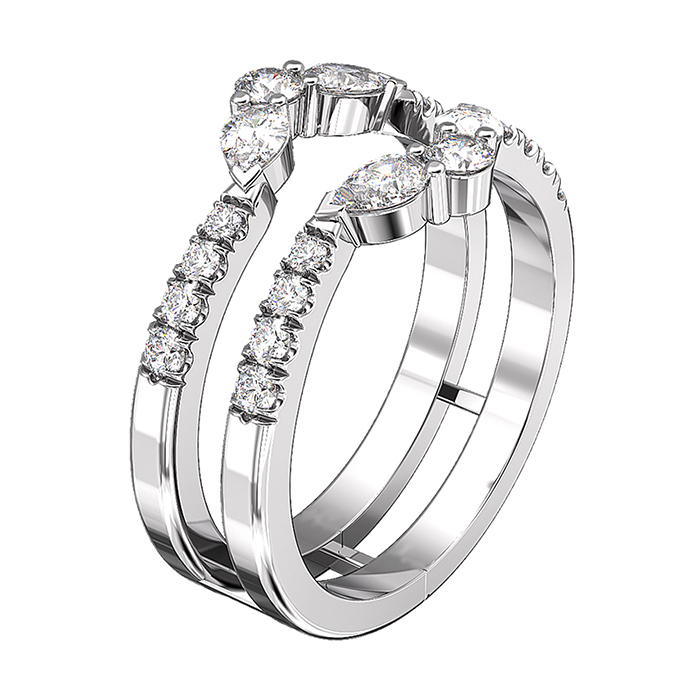
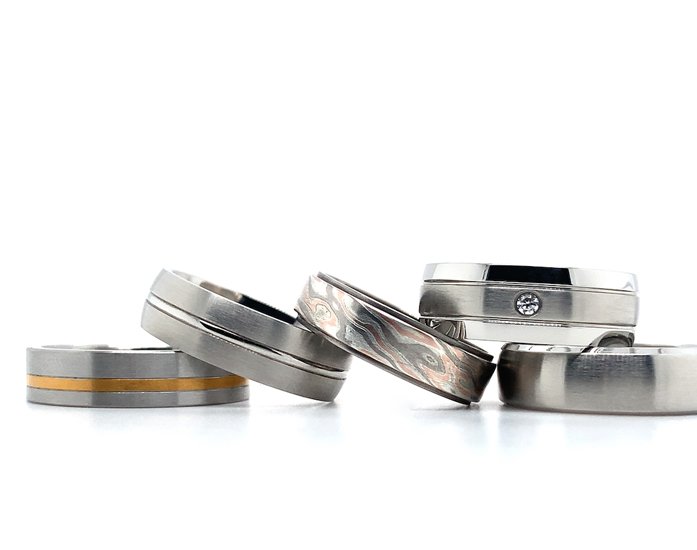
Beyond physical options, some couples have decided to demonstrate their love in non-traditional or symbolic ways. Wedding ring tattoos, which are typically placed on the ring finger, have become a meaningful and permanent expression of love for individuals who want a minimalist or unconventional approach. Others create one-of-a-kind rings out of unique materials like wood, ceramic, titanium, meteorite, or even recycled elements, reflecting their shared tale. Engravings, fingerprint impressions, birthstones, or cultural motifs can also be incorporated, allowing each ring to carry a deeply personal message. These possibilities reflect the changing nature of modern relationships, where tradition is honoured while individuality is celebrated. Regardless of its form, the wedding ring is a timeless symbol of connection, loyalty, and enduring love.
Men’s Wedding Ring
When compared to the centuries-old habit of bridal jewellery, the tradition of males wearing wedding bands is relatively new. Wedding rings were traditionally linked with women, acting as both a symbol of marital devotion and, in some societies, a reflection of status or property. However, the 20th century saw a huge shift in this custom, particularly during World War II, when many troops began wearing wedding bands to feel connected to their loved ones back home. Since then, men’s wedding rings have been a popular symbol of affection, loyalty, and equality in marriage, with many modern couples viewing them as an essential expression of mutual commitment.
Men’s wedding bands are currently available in a wide range of styles, materials, and designs to suit different tastes and lifestyles. Traditional metals such as gold, white gold, and platinum are still popular, while modern options such as titanium, tungsten, palladium, stainless steel, and even wood or carbon fibre provide endurance and distinct visual appeal. Many men today choose rings that reflect their personal individuality, whether through minimalist bands, engraved phrases, textured finishes, or the addition of modest diamonds. Some couples choose to coordinate their rings with matching or complementary designs, while others prefer completely unique pieces that reflect individual personalities. As cultural norms continue to evolve, men’s wedding rings are no longer seen as simply accessories but rather as powerful symbols of partnership, personal style, and shared values within a modern relationship.
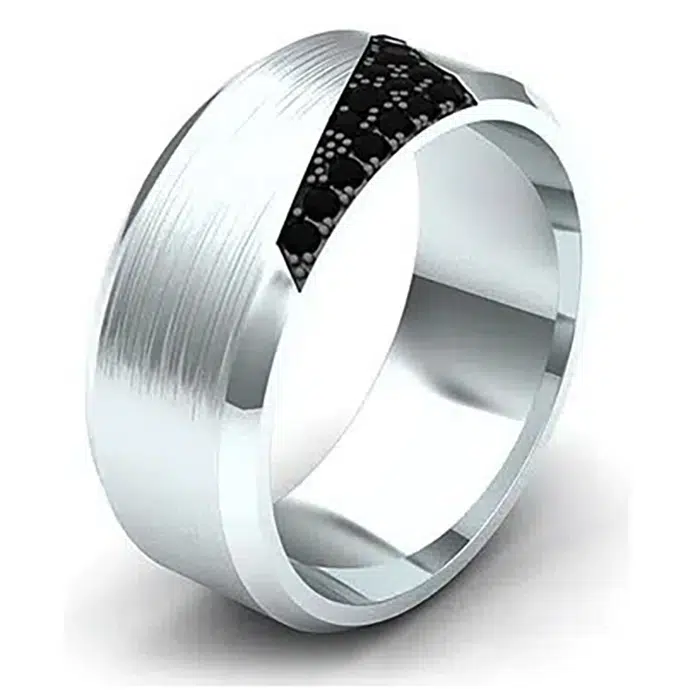
How to Choose the Right Wedding Ring for you
Material Durability

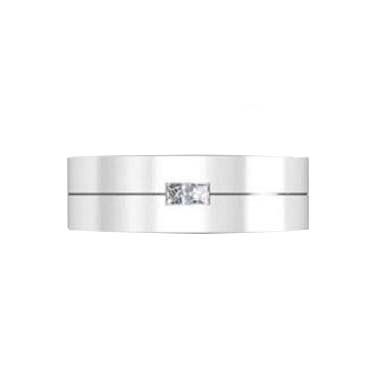
Platinum & Tungsten
Highly durable metals, resistant to scratches and tarnishing
Platinum is dense and long-lasting, developing a natural patina over time.
Tungsten is extremely hard and maintains its polish well. However, more brittle and can crack under strong impact.
Gold
A classic and timeless metal, known for its beauty and versatility.
Yellow Gold retains its rich colour and is naturally resistant to rust and corrosion.
White Gold is durable and has a bright, silvery appearance, often enhanced with rhodium plating for extra shine and scratch resistance.

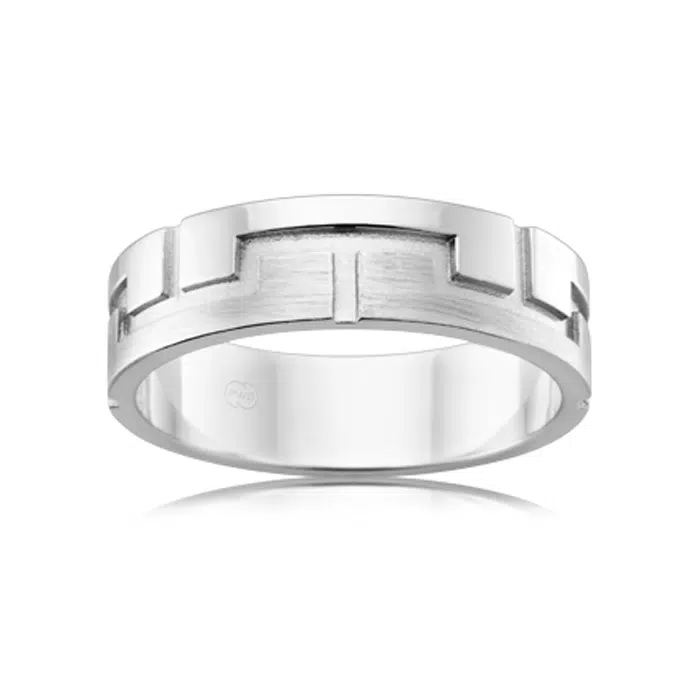
Comfort-Fit-Bands
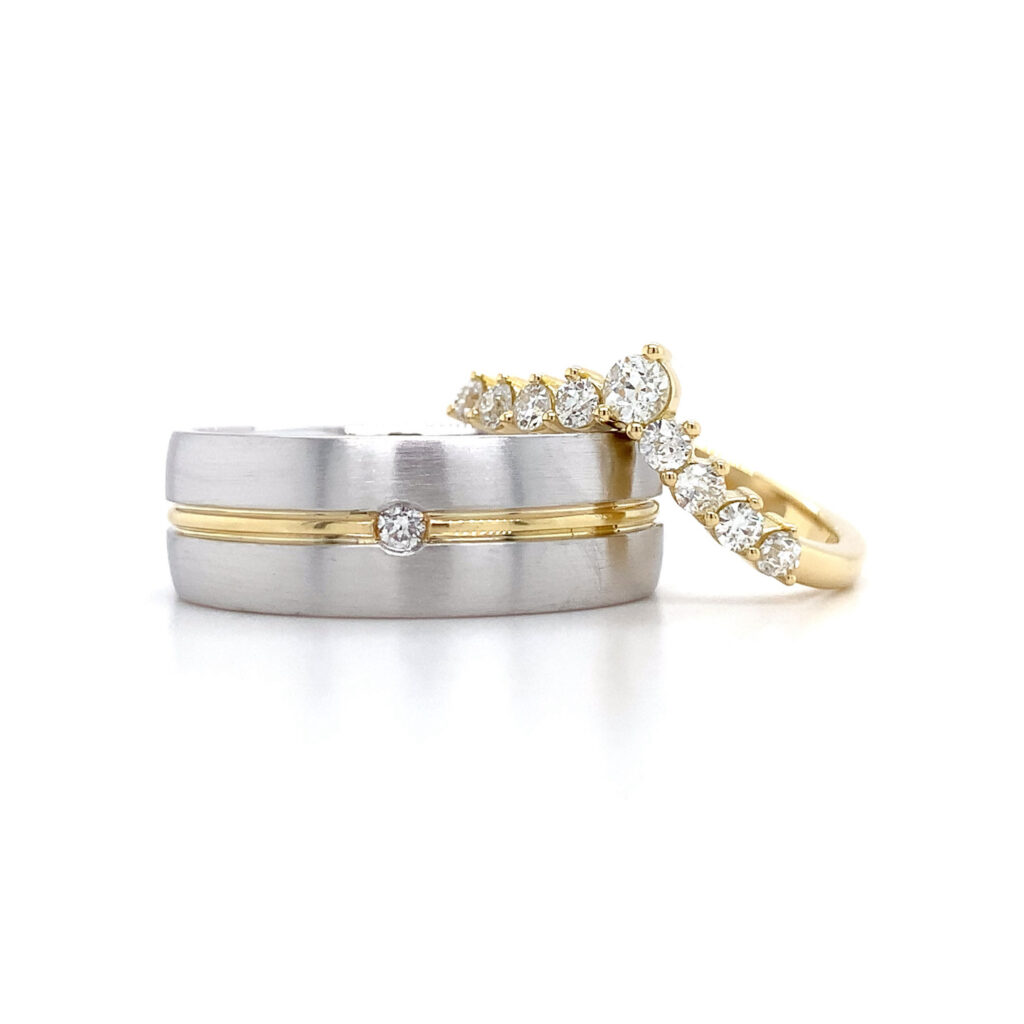
Classic Comfort-Fit
A smooth, traditional band with a gently curved interior.
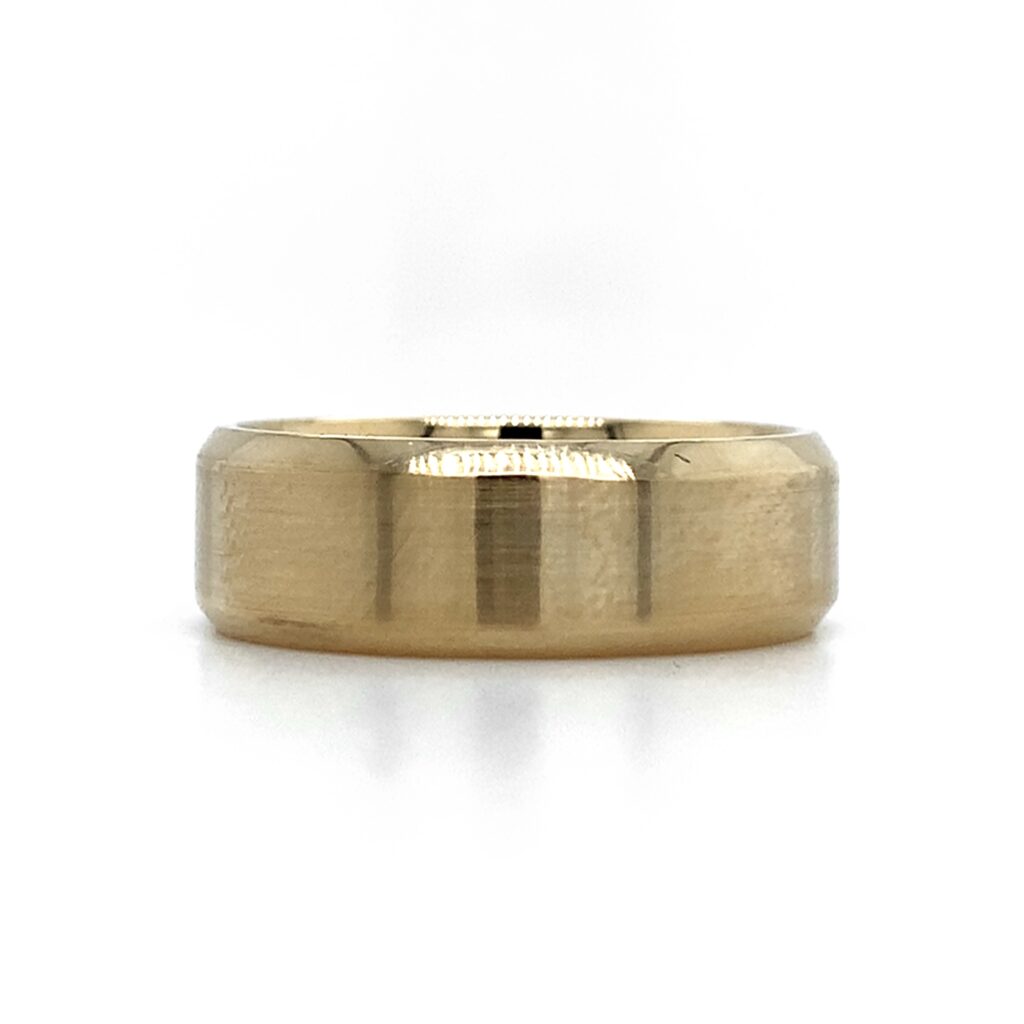
Beveled Edge Comfort-Fit
Features subtle angled edges for a modern look.
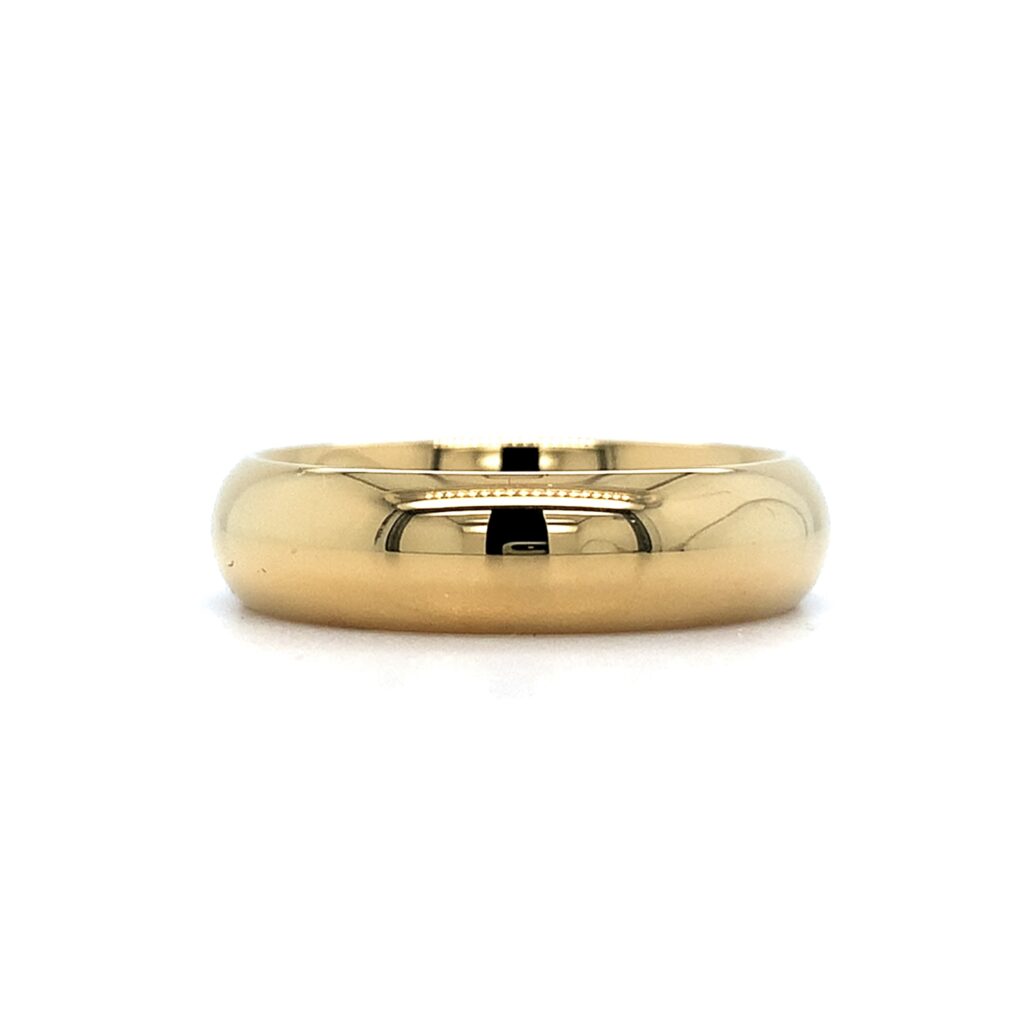
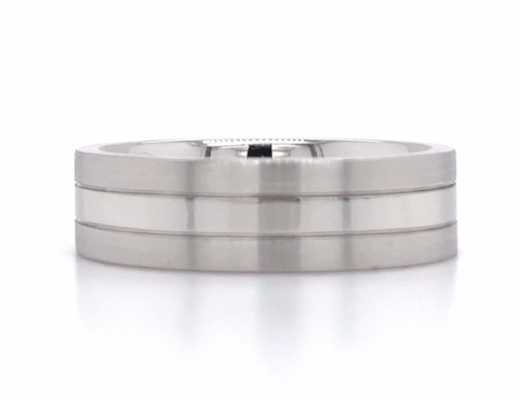
Domed Comfort-Fit
A slightly rounded exterior for a softer, elegant appearance.
Flat Comfort-Fit
A sleek, flat outer surface combined with a comfortable inner curve.
Width & Thickness
Slim Bands (2-4mm)
Offer a delicate and understated appearance, ideal for those who prefer a subtle and elegant style.
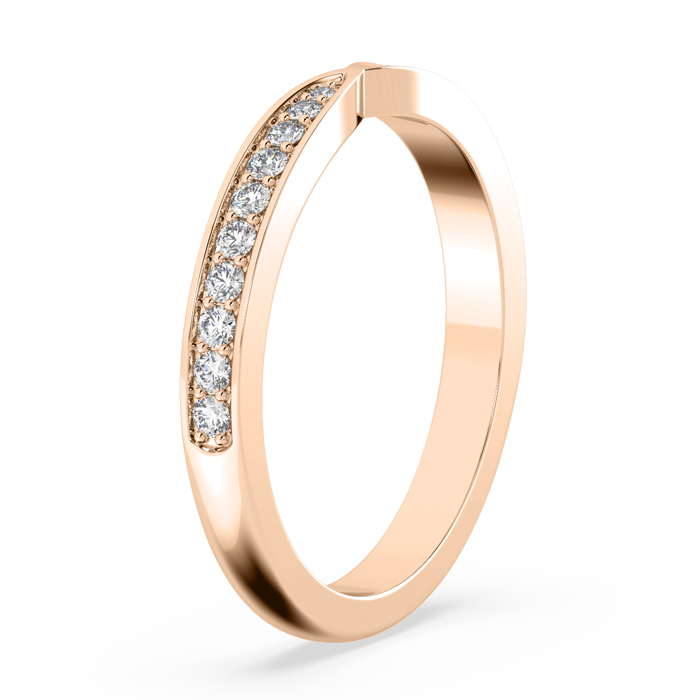
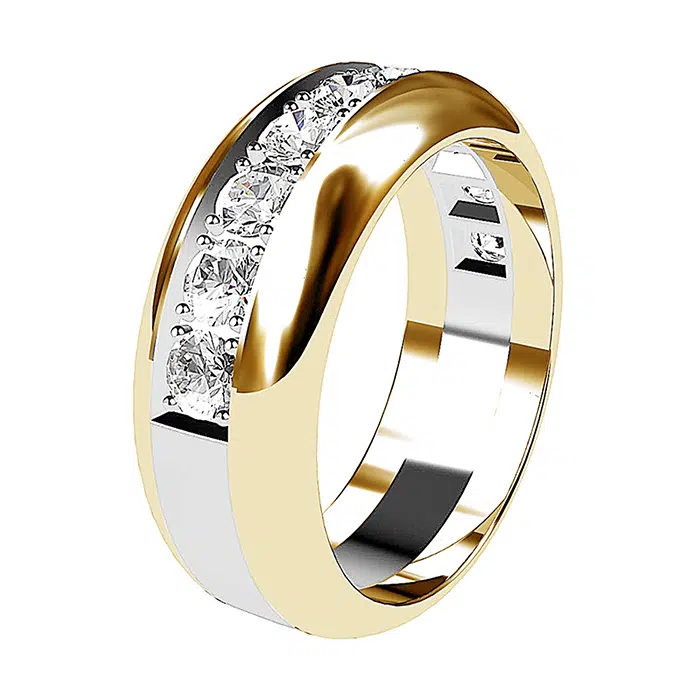
Wide Bands (6mm and above)
Offer a bolder statement and are more noticeable on the finger. They provide a stronger presence and can showcase intricate designs, engravings, or unique textures more prominently.
Lifestyle Suitability
For individuals with an active lifestyle, it’s important to choose rings that offer both comfort and practicality. Low-profile designs sit close to the finger, reducing the chances of the ring getting caught during physical activities. Silicone bands, on the other hand, are flexible and durable, making them ideal for those who engage in sports or outdoor activities. These alternatives provide a functional yet stylish option that won’t interfere with movement or get damaged easily.

Customisation Options
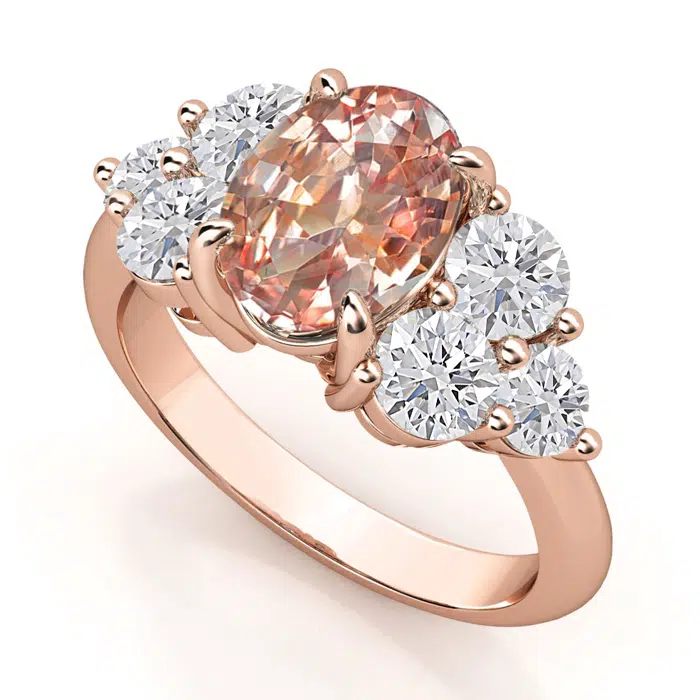
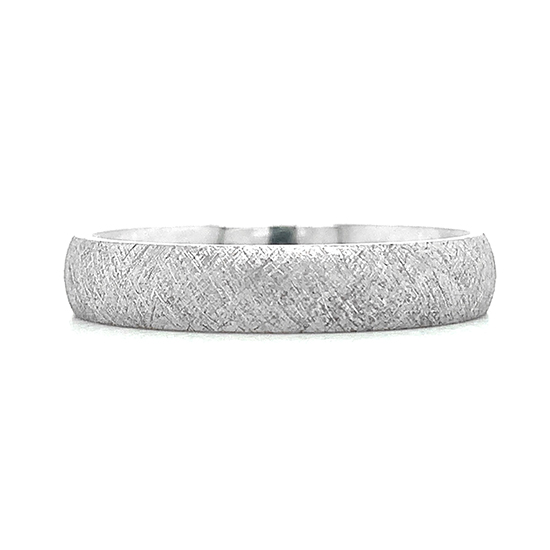
Engravings, birthstones, fingerprint imprints, or textured finishes can add sentimental value and personal meaning.
Budget


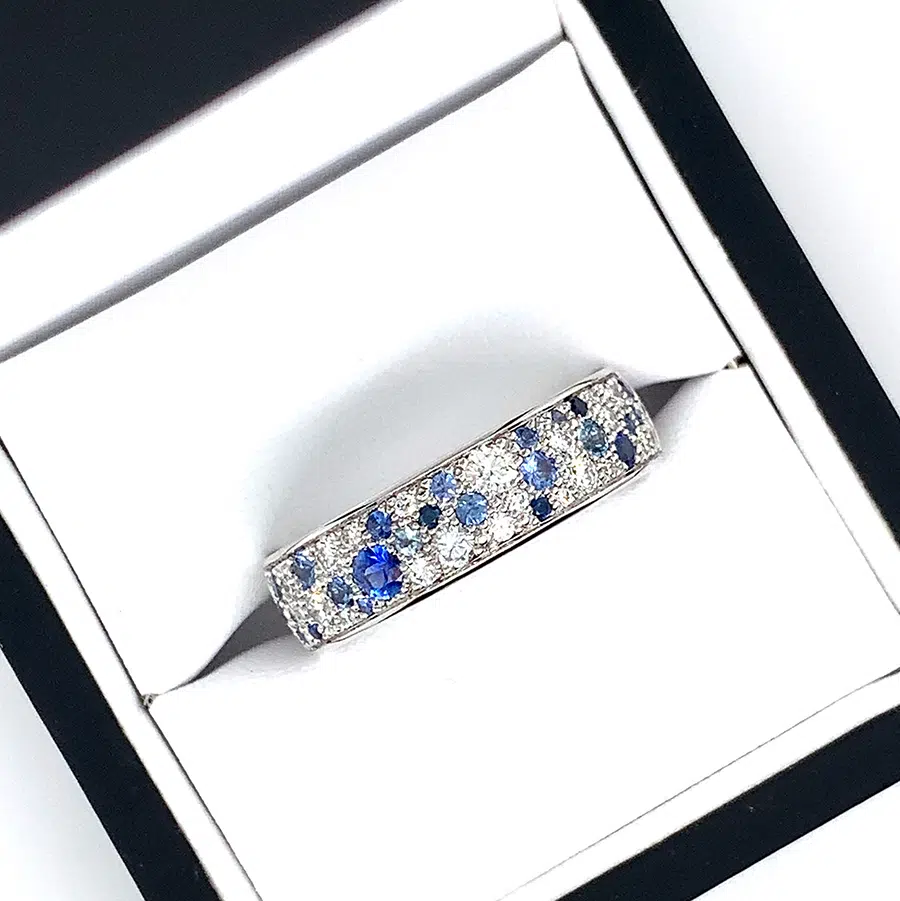
Wedding rings can vary greatly in price depending on the metal, design, and added features, so it’s essential to choose something that balances quality with your financial comfort.

Let Us Help You Find the Perfect Match
At Waldemar Jewellers, we understand that choosing a wedding ring is a deeply personal experience. It is more than just selecting a piece of jewellery—it is about finding a ring that truly resonates with you and your story. That’s why our approach is centred around guiding you through the process with care, attention to detail, and a deep understanding of what makes each ring special.
We offer an extensive range of styles, metals, coatings, and custom design options, allowing you to personalise your ring in a way that is uniquely yours. Whether you’re drawn to classic elegance, contemporary minimalism, or something entirely bespoke, we’re here to help you create a ring that reflects your commitment, values, and individuality.
Visit our showroom in The Dymocks Building in Sydney’s CBD and let us assist you in discovering or creating a piece that you will cherish for a lifetime. Contact us today for expert advice on selecting the ideal diamond earrings, pearl earrings, or gemstone jewellery to suit your taste and budget.

